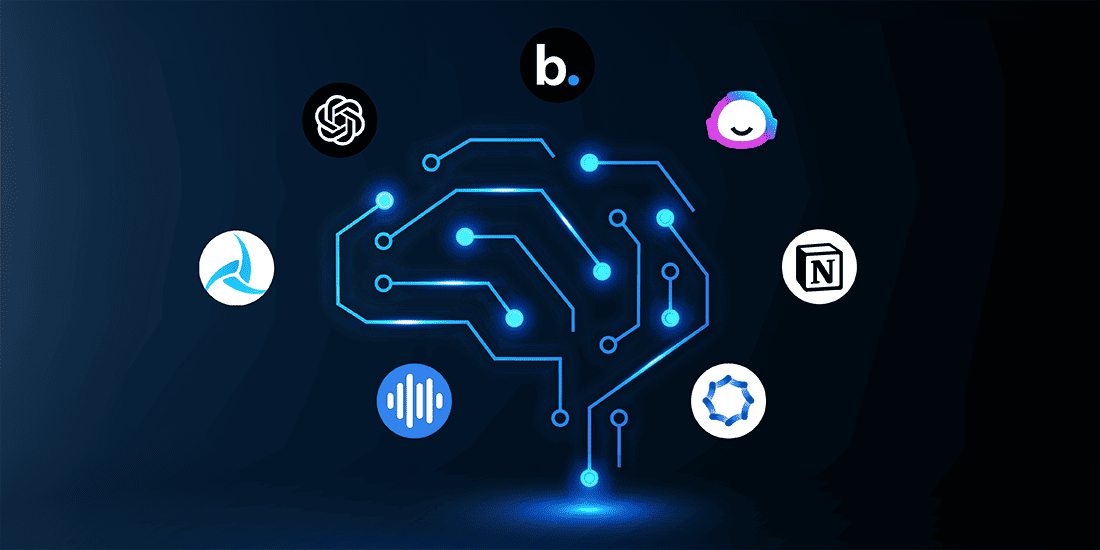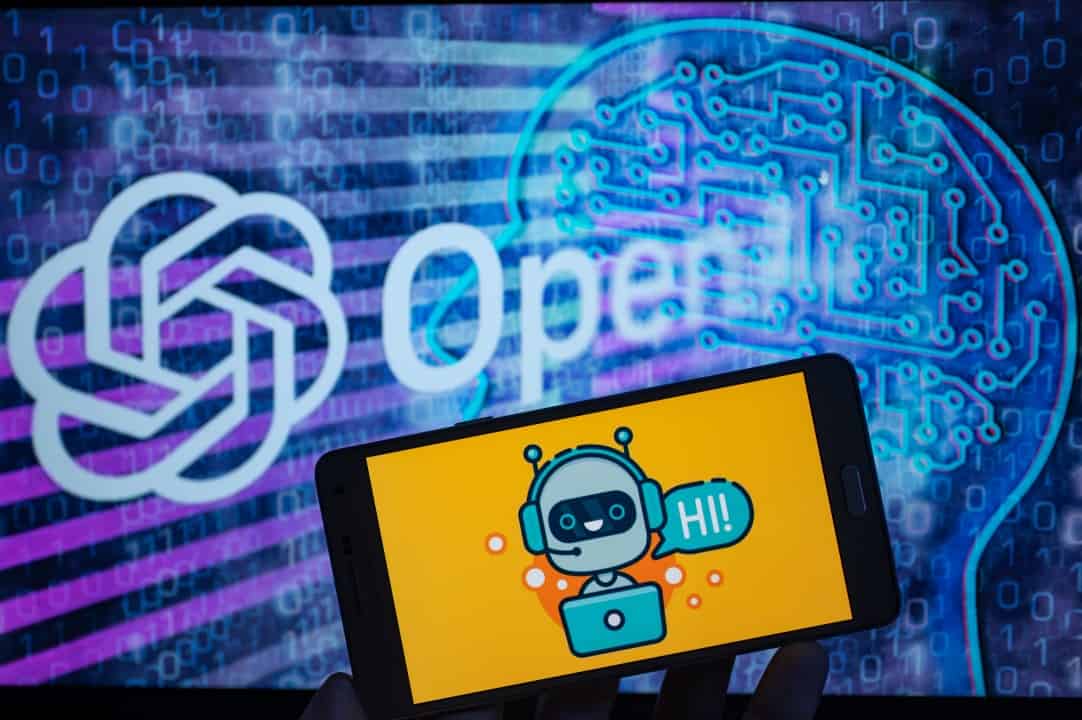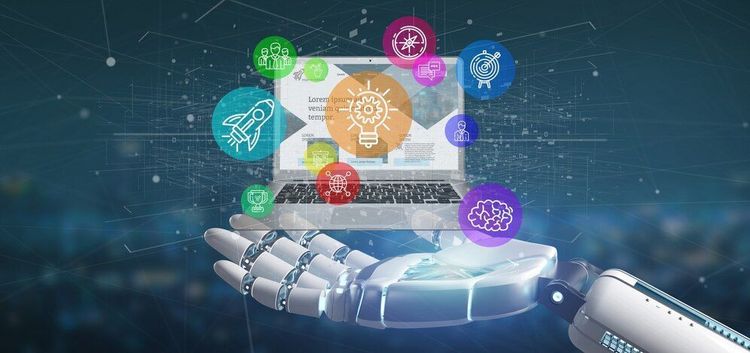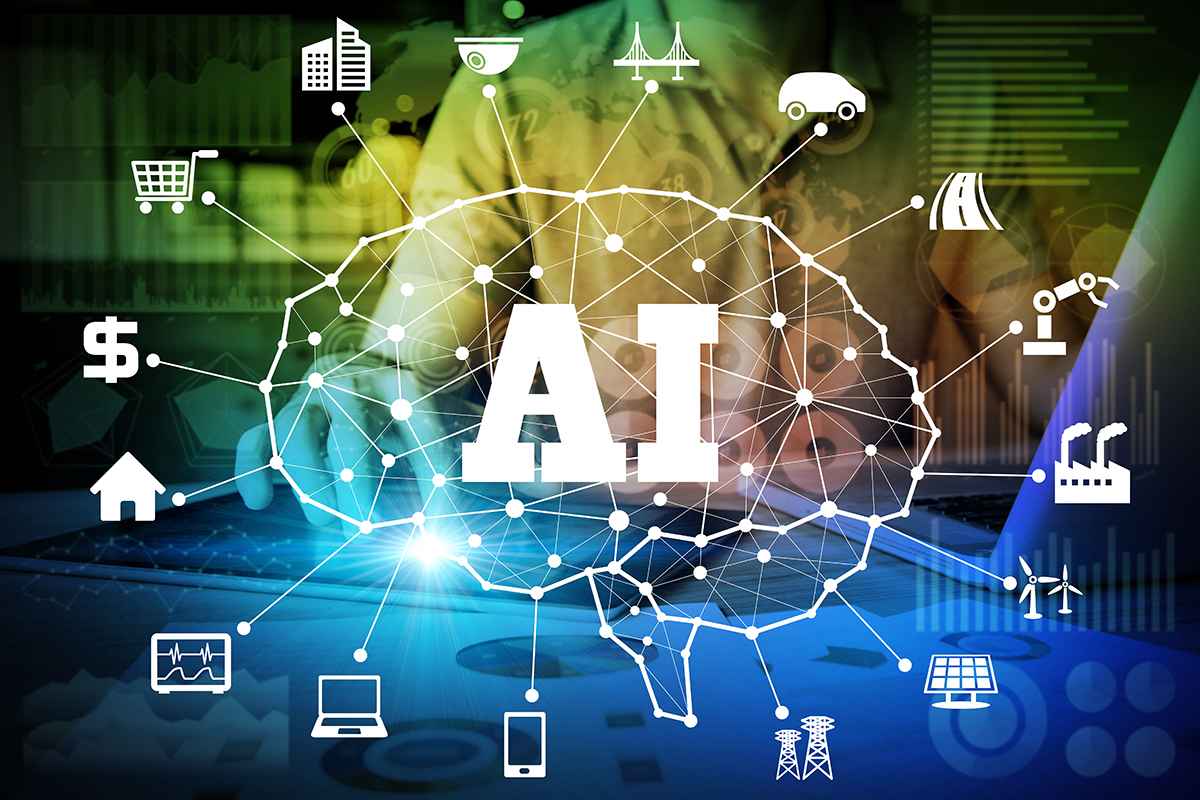How is AI impacting emerging economies? It’s reshaping them in ways you can’t imagine. On one hand, AI spells growth and the kind of progress that could leapfrog these nations into the future. Think fields brimming with crops, all because a smart algorithm knew when to plant, water, and harvest. Imagine walking into a local clinic and getting a diagnosis from a machine that learned from millions of others like you. This isn’t some distant dream; it’s happening now. But the shine of AI comes with shadows. Jobs that people rely on today might not exist tomorrow. The gap between the tech-rich and the tech-poor could get wider. And while some cities become smarter, others could get left behind. Stick around; let’s explore this together.
The Double-Edged Sword of AI in Emerging Economies
AI-Driven Economic Growth and Job Automation
Artificial intelligence helps us stand tall in a fast world. In places still on the rise, it’s like a strong wind at the back of a bird learning to fly. Let’s talk about how AI pushes us forward and pulls us back at the same time.
AI makes goods and services. It makes new jobs but can take away old ones. Farming with AI makes more food with less work. Machines learn how crops grow best. They find sick plants before the human eye can. This magic doesn’t just happen in far-off, rich places. It’s in the fields of farmers who once relied only on their hands and the sun.
But there’s a flip side to this shiny coin. Think about everyone that works today. What if robots and smart tools do their work? Where do these people go? What do they do? Yes, robots don’t get tired or sick. But what happens to the human touch? This is the tug-of-war we see. Jobs that people learn and love might fade. In their place, new ones come. But can all people catch up with this shift?
The Risk of Widening the Digital Divide
Now, let’s pull back the curtain and peek at a bigger game. This game is about who can play and who sits out. In our world, some folks have lots of tech. Others have little. When AI joins in, this gap can grow big.
Schools in some places don’t teach about tech. Not everyone can tap or swipe. They might not know what AI can do. Not having this know-how is a sort of lock. It keeps them out of jobs and chances that need a tech key. AI can lift a place up, make health better, or help a city plan for more people. Still, it can also leave some out in the cold, with no coat or map.
Lifts in tech jump over steps. A phone that talks to satellites? It skips old phones with cords. This leap is what we call “tech leapfrogging.” It’s super smart but not super simple. There’s money talk too. Investing in AI costs a lot. Who has that cash? And who makes sure the money works for all, not just a few?
In all this, we must move with care and keep our eyes open. Good things come with hard things. We must walk on both sides of the road. Watch the good grow but look out for bumps and holes, too. AI in a fresh place brings dreams and fears. Like any big change, it takes wise folks at the wheel. Our job is not just to make AI go but to guide it right. It’s on us to help everyone get a seat and to learn how to use it for a better road ahead.
Investing in AI for Sustainable Agricultural and Healthcare Development
Transforming Agriculture with AI in Emerging Nations
Farmers in many places face hard times. Lands are vast, and the hands are few. AI offers hope. Imagine using tech to watch over crops like a hawk. Drones fly, scanning the fields. They send back pics and data. This tells farmers just what the plants need. When to water, what to feed, and how to shield them from harm. And it’s not just the big farms that gain. Little ones do, too. They get to use AI without paying much at all.
In emerging economies, folks are now asking, “Can AI make our fields more fruitful?” The answer is loud and clear: Yes, it can. Case in point: In India, AI guides farmers on when to plant. It predicts the best time to harvest, too. Such tools are spreading hope, reaching even the smallest village.
But there’s more to it than just good timing. With AI, farmers fight pests smarter. They stop diseases before they spread. It’s like having a wise friend, always there to advise. This cuts down waste and grows more food. And more food means less hunger.
AI pumps new life into old farms. It makes them lively again. Smart tools handle tasks that once took many hands. And those hands? They move on to new work. Minds that once fretted over the weather now think on higher things. Like how to improve, grow, and shape their own fate.
AI Healthcare Solutions and Their Impact on Public Health
Good health is not just for the rich. AI brings it close to all. It’s changing the game. In remote spots where docs are scarce, AI steps in. It helps catch diseases early. It shares tips on keeping well. And it’s always there, right in one’s pocket. Mobile apps bring expert advice, even to far-off towns. This tech is not just clever—it cares.
“What can AI do for public health?” People ponder this, and they see bright things ahead. With AI, every cough and ache can get a quick look. No more waiting in lines or traveling far for a doc. AI scans through data and spots the signs of sickness. Then it guides folks to the care they need.
Countries that once lagged behind are leaping ahead. They’re using AI to zap illness before it blooms. But it’s not just about today’s pains. AI also thinks ahead. It plans, looking out for threats that might come. With this foresight, nations safeguard their people.
AI in health is a friend that never sleeps. It keeps an eye out. It learns and shares its smarts. And with each day, it gets better. Nations rise, their people thrive, and tomorrow looks a touch brighter. All thanks to the power of AI.
Fostering Innovation and Education Through AI
AI Education Initiatives and Workforce Development
The world of work is changing fast, and AI plays a big part. In emerging economies, AI can both fill gaps and create new jobs. For locals, the key is to learn these new AI skills. And here’s the exciting part: educational programs are starting up, aiming to teach just that. They’re helping eager students and workers get ready for an AI-driven future. It’s all about giving them the tools they need for new jobs in tech.
So, what does AI education look like? Think coding lessons, data analysis, and machine learning basics. These programs cover the “how-to” of AI, so students can build it into their careers. They often tie in with local needs, like farming or healthcare, making learning directly useful.
The goal? To shape a workforce that’s AI-savvy and ready to innovate. With these skills, the doors open to new jobs and chances to start their own tech businesses. This change doesn’t just help individuals – it boosts the whole economy.
Supporting the Startup Ecosystem and Tech Entrepreneurship
As AI shakes up the job scene, it also sparks new businesses. Startups crop up, full of fresh tech solutions for local and global problems. These young companies often become job-creating powerhouses, a critical move for progress.
But these startups need more than just a great idea. They need cash, advice, and tech to grow. Here’s where AI investments play a role in driving startup scenes. By funding AI, these emerging areas can leap ahead, even skipping over older tech steps.
Investors and governments are catching on. They’re putting money into AI for these growing markets. This isn’t just about cash, though. They’re also setting up tech hubs and bringing in mentors.
Together, this support helps startups in AI and beyond. It gives them the boost to get from an idea to a product out in the world. And these startups can be where new AI applications are born, things like smart farming tools or online learning.
It’s clear that education and seed money are big deals for AI in these areas. By training people and backing their ideas, AI doesn’t just mean robots and automation. It means growing local talent and solutions – a bright spot for emerging economies.
AI is changing the game in low-income nations, for work, for learning, and for starting up new dreams. Sure, this shift isn’t without bumps. But with the right mix of education and investment, the future looks full of tech-made possibilities. And I’m here for it – to guide, to build, and to see just how far AI can take us.
Building Smart, Inclusive, and Resilient Societies
Digital Transformation and Smart City Initiatives
Artificial intelligence is not just for rich countries. It is changing cities in developing lands too. These places use AI to handle big city problems. They make life better for people who live there. With smart tech, cities watch traffic, save energy, and cut crime. This helps everyone. But, it’s not easy. Cities need money and smart people to build these things. They also need plans that work for them.
For real stories, we look at India and Kenya. In India, cities use AI to watch roads. This keeps traffic moving and makes travel safe. Kenya uses tech to get water to homes. Smart systems find leaks fast so everyone can get clean water. These are just a few ways AI creates smart cities.
It’s a big change, but it also brings a challenge. We need to make sure all people can use these new tools. Not just those with good phones or computers. When we plan these city changes, we think about everyone.
Ethical AI Deployment for Social and Economic Equity
Now, let’s talk about fairness. AI can make things better for people, but only if we use it right. It must help poor folks, not just the rich ones. We want everyone to have the same chances. How do we do this? We make rules that put people first. This means AI must be safe and fair.
We teach folks about AI. We show them how to use it for farms and shops. This makes work easier and helps them earn more. In healthcare, AI tells doctors about diseases. This can save lives in places where there are not enough doctors. And in schools, kids learn with AI. This gives them skills for good jobs in the future.
For good to happen, we need people who make AI to think about everyone. They work with local leaders to make sure AI fits each place. They also help build new jobs as old ones change. This way, people can grow with the new tech.
Smart cities and fair AI make life better for all. They give power to people and help countries grow strong. We have seen it work. With the right kind of care, AI can be a friend to emerging economies. It can build cities that are smart, include everyone, and can face hard times. This is the future we aim for, and we are on our way there.
In this post, we explored the sharp impact of AI on growing economies. We saw how AI can push growth but also risk job losses. It can lead to a wider gap between digital haves and have-nots. Yet, AI offers hope for better crops and healthcare in these regions. It transforms farms and offers medical help where it’s scarce. We found out how AI in education can boost job skills. It supports new businesses too. And we can’t forget, AI can help build smart cities that serve everyone fairly. My final take: AI can be a mighty tool for development if used wisely. It’s up to us to guide it to not just create wealth, but to make life better for all.
Q&A :
How is AI shaping the future of emerging markets?
AI is revolutionizing emerging markets by enabling rapid advancements in various sectors such as agriculture, healthcare, and finance. Using predictive analytics and automation, AI is helping these economies become more efficient and competitive on a global scale.
What are the benefits of AI for small businesses in emerging economies?
For small businesses in emerging economies, AI offers opportunities to improve their operations, reach new customers, and create innovative products and services affordably. AI can optimize supply chains, provide personalized customer experiences, and offer access to data-driven insights for informed decision-making.
How is AI promoting financial inclusion in emerging economies?
AI is a game-changer for financial inclusion in emerging economies by providing new ways to offer financial services to the unbanked or underbanked populations. Through mobile technology and AI-driven platforms, individuals can access banking, loans, and other financial services without the need for traditional banking infrastructure.
Can AI create employment opportunities in emerging economies?
Yes, AI has the potential to create a plethora of new employment opportunities in emerging economies by fostering the growth of the tech sector and related industries. While there is a concern about AI displacing jobs, it also leads to job creation in areas such as AI maintenance, supervision, and development.
What challenges do emerging economies face in adopting AI?
Emerging economies face several challenges in adopting AI, including lack of infrastructure, insufficient data protection laws, a shortage of AI talent and expertise, and the high cost of implementation. There is also the risk of widening the digital divide between those who have access to AI technologies and those who do not.



